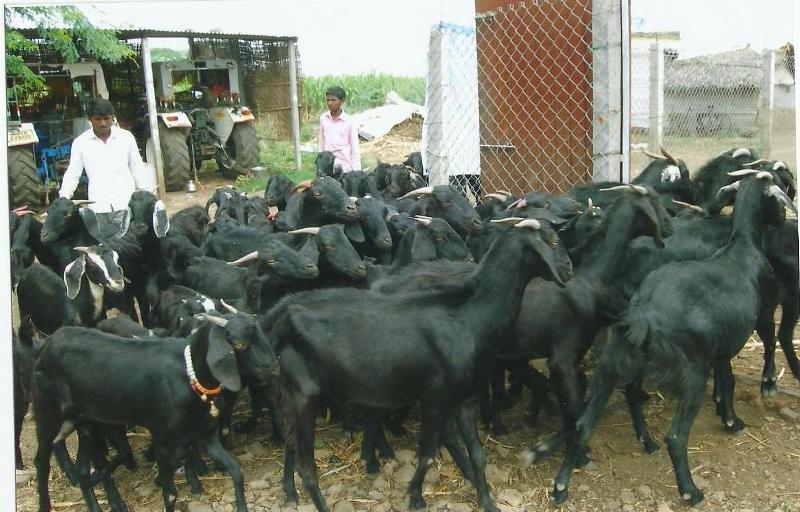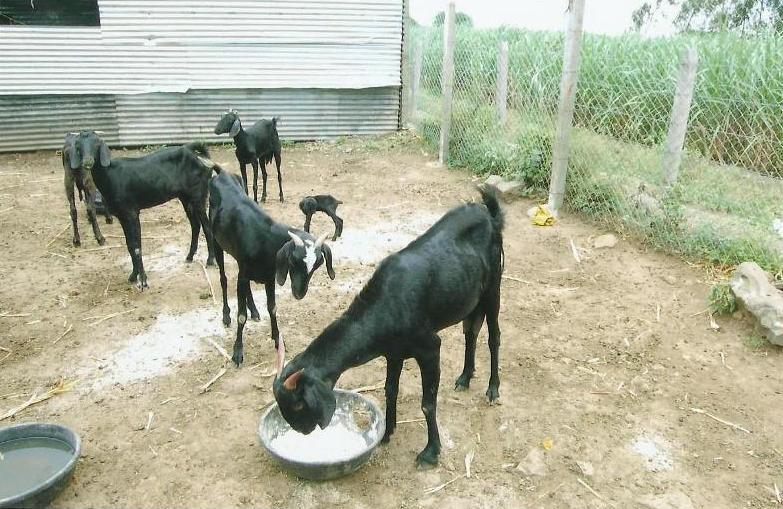
Goat Management
Package of Common Management Practices Recommended for Goat rearing Modern and well established scientific principles, practices and skills should be used to obtain maximum economic benefits from goat rearing...
More
Package of Common Management Practices Recommended for Goat rearing Modern and well established scientific principles, practices and skills should be used to obtain maximum economic benefits from goat rearing...
More
Goat care is a serious responsibility. Goats need companionship. Hence, it is better to keep two goats or have a sociable animal to give a single goat company. Goats need spacious shelters, which is free from dampness and drafts. There should be...
More
For efficient production in dairy goats, good health and comfort to the animal is a must. To achieve this, housing of goats is important. The house should protect the goats from sun, rain and cold nights. To prevent water logging the floor of the...
More
A new Feed technology Haylage is prepared out of green forage to preserve it for long time. It is prepared by leaving the green forage cut on the field to dry its moisture level to 55% and baled out to store. In some cases it is packed in air tight packs so...
More
STALL-FED GOATS can ideally fit into the intensive integrated farming system (IIFS). The small animals are the most efficient converters of farm and crop residues into excellent organic manure. Several farmers have successfully run stall-fed goat...
More
Kidding season and weaning age depend on several management and marketing factors. However, kids born in very late winter and early spring (March-early April), when grazed with their mothers on lush, high quality small grains or cool-season forages, will...
MoreIf the goats are completely stall-fed they should be given around 3-4 kg of green fodder, 1-2 kg of dry fodder and 200 -250 grams of ready made seeds as concentrates. If the goats are partly stall-fed and partly free range then 50 per cent of the above quantities should be fed in the stall. Kids should be allowed to suckle in the beginning so that they get enough colostrum, which is necessary for natural immunity.
MoreThe dry matter intake is an important consideration since it reflects the capacity in terms of voluntary food intake to utilize the feed. With goats there appears to be distinct difference in intake between meat and dairy types. Meat goats have a dry matter intake of 3-4 percent of their live weight whereas dairy goats have a dry mater intake of 5-7 percent of their live weight.
MoreThe goat suffers with various diseases, which are caused by bacteria, viruses, parasites and other non-infectious agents. The diagnosis of the goat diseases not only based on the clinical symptoms is most difficult, as many diseases resemble one another. The important clinical symptoms of common diseases have been given, only to help the farmers to detect the sick goat at the earliest stage.
More